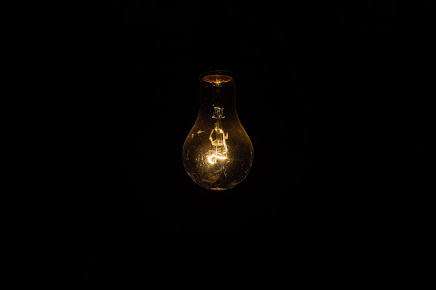The COVID-19 pandemic has highlighted the interconnectedness of global economies and the importance of digital connectivity, dependent on electricity. Energy access has catalytic potential for facilitating learning and education, job creation, healthcare and peace and stability so that fragile states are not left behind. Yet 800 million people around the world lack access to electricity. The plummeting of renewable energy prices is a strong appeal to the developed world, aid organisations, DFIs, and the private sector to break the cycle of poverty and provide the 800 million residents of fragile states with affordable electricity.
In Sierra Leone, for example, 75% of the population lacks access to electricity and only 2% of the rural population receives intermittent electricity. This said, investments in electricity expansion and investments in cost-effective solutions are lagging. A 2014 UNCTAD report showed that out of the US $5-7 trillion needed to finance the SDG, there exists an annual gap of US $2.5 trillion for developing countries. As of 2020, however, developing countries have only received about US $1.2 trillion in climate finance, leaving a US $100 billion financing gap. A large sum of the financing is directed to large-scale energy utilities, with decentralisation interventions receiving only 1% of the money spent on electricity.
“Renewable energy can be made feasible in fragile states, where state intervention, coupled with technical capacity and financing, it will be possible to map risk-mitigation measures.”
This reality is a clarion call for governments to develop medium-term national plans with energy as the sector in focus, and for development institutions to align programs with government agenda. Renewable energy can be made feasible in fragile states, where state intervention, coupled with technical capacity and financing, it will be possible to map risk-mitigation measures. In Yemen, for example, despite the country entering its 7th year of conflict, up to 50% of rural households use solar panels for energy.
A decent energy landscape requires an aggregated approach with a robust financial model to de-risk and mobilise private sector investments. Additionally, research has shown that subsidies have shaped markets, and if designed appropriately for local contexts with plans for phase-out and support beyond finance, will assist policies for an enabling environment by revisiting subsidies like reallocation from fossil fuels. In this pragmatic and forward-thinking approach, the private sector, with its alternative financial instruments, such as blended finance and guarantees that counter the low bankability of energy projects in fragile states, will have a crucial role to play. Patient capital like pension funds and green bonds also have the potential to scale financing in this area as they are looking at long-term returns.
“It is also essential that governments engage in regular dialogues with citizens and provide clear explanations to move the agenda forward. Civil society must be a part of the broader national energy discourse to learn about their roles and responsibilities in implementation and take action.”
Good governance, minimum wastages, reduction of power thefts and enough resources for rural areas must be ensured. This would be challenging in the context of limited resources and great demand, along with governments facing the hard choice of deploying these resources appropriately. It is also essential that governments engage in regular dialogues with citizens and provide clear explanations to move the agenda forward. Civil society must be a part of the broader national energy discourse to learn about their roles and responsibilities in implementation and take action.

G7+ countries have the potential to recover from COVID-19 with the best possible partners committing to improved energy access. Public-private partnerships can be leveraged to develop national strategies that set out clear energy priorities for fragile states. This said, the role of governments is crucial and cannot be overemphasized in the race to power up energy investments, as centralised assistance holds to key to unlocking the energy potential in rural areas. Sierra Leone’s government serves as a shining example of the state intervention needed, given that through engagement with the Commonwealth offices, the state is working towards ensuring solar mini-grid availability across the country.
A successful and speedy recovery from the COVID-19 pandemic will pave the way for shifting focus to energy and the encouraging international collaboration with “glocal” co-operation (as seen with Sierra Leone) to power up fragile states and transform millions of lives.
IGC’s council on State Fragility and the G7+ Group of 20 fragile and conflict-affected countries launched the Call to Action: Powering up energy investments in fragile states. Namita Vikas (Founder and Managing Partner, auctusESG) was in conversation with Ellen Johnson Sirleaf (former President of Liberia), David Cameron (Former Prime Minister, United Kingdom), Maeen Abdulmalik Saeed (Prime Minister of Yemen), and Francis Mustapha Kai-Kai (Minister of Planning and Economic Development, Sierra Leone).
Click here to watch the event.
Bibliography
https://www.iea.org/articles/the-covid-19-crisis-is-reversing-progress-on-energy-access-in-africa
https://energypedia.info/wiki/Sierra_Leone_Energy_Situation
https://unctad.org/system/files/official-document/wir2014_en.pdf
https://www.un.org/sites/un2.un.org/files/100_billion_climate_finance_report.pdf

